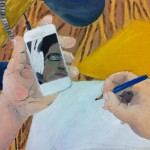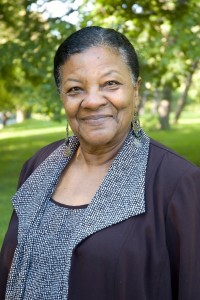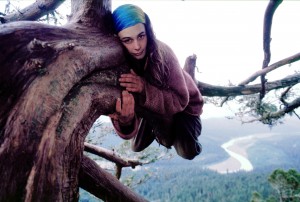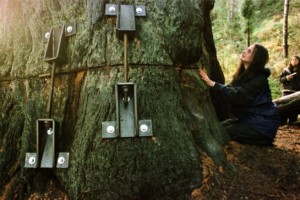 While people all over the country at all levels of education and policy attempt to diagnose the ailments and causes of the decline of American education, I can do it in one simple word: distraction.
While people all over the country at all levels of education and policy attempt to diagnose the ailments and causes of the decline of American education, I can do it in one simple word: distraction.
There are so many things competing for our students’ attention these days. When I was in high school, we had to go home to a television or our radios to play video games, watch movies or listen to music. Today, they have a device that does all that and more—including ways to keep in touch with and impress people all over the country—in the palm of their hands.
Those phones represent a powerful and relentless temptation. On a given day, I tell my students to put their phones away and focus an average of 27 times. In spite of all my entreaties, suggestions, and reminders of consequences, students still turn to their phones on a regular basis.
It’s easy to see we are distracted as a whole society. The classic example is of the man who is attempting to text and walk at the same time and ends up tripping over something in the street. Of course texting and driving is a serious concern. In fact, one study said the effects of texting while driving on concentration are effectively the same as driving while drunk. Imagine how hard it is to learn new, complicated material if your brain is impaired in a way similar to being inebriated!
I have tried numerous suggestions for students to help them focus. Once, a bit tongue in cheek, I told them I wanted to show them a fancy new feature on their phones: that they turn off. Some schools, in fact, require students turn their phones off while in the building, and while that helps, it doesn’t teach students how to manage this constant supplier of endless distractions. I believe in a much more holistic, far reaching approach to end distraction: mindfulness.
It would be an easy thing to teach kids at an early age how to recognize when their minds are distracted, then have them practice a moment of mindfulness to get back on task. You could teach or recommend whichever mindfulness method you prefer: mantram, deep breathing, reciting a short verse or passage. This would serve the simple purpose of refocusing a student’s mind when it wanders off. The benefits to the students’ discipline and grades would be quite remarkable, I am sure. But it could also easily apply to other sectors of the students’ lives, from managing emotions to managing temptations. From the limited teaching of mindfulness I have begun to engage in (you have to present it carefully in a public school) students have expressed positive responses, saying that it helped them calm down and focus in a soccer game or during a test. And Congressmen Paul Ryan of Ohio has seen some very positive results in his mindfulness training programs for children in public schools in Ohio—the elementary school teachers also appreciated the training!
I recall a chapter of Robert Wolff’s Original Wisdom in which Robert teaches the Sng’oi people of Malaysia how to read and write. He did this at their request and the teaching took, in total, a day and a half. What this demonstrates is that human beings have a remarkable, innate capacity for learning when they are motivated and focused. It is our duty as teachers, beyond teaching reading, writing, and math skills, to help students navigate through our fragmented world and focus on what is important in the present moment. With focus and mindfulness, we can tap into our primal learning power, and free our students from the endless maze of distractions to a world of self-discovery and knowledge.











 The film “Selma,” portraying the historic march for voting rights from Selma to Montgomery, AL in 1965, is a gut-wrenching experience that brings the viewer into the vehemence of the prejudice and the stunning courage of its resistors in this intense critical moment in the history of racism in America – and of nonviolence in the world. The acting ranges from very good to superb (more on that in a moment).
The film “Selma,” portraying the historic march for voting rights from Selma to Montgomery, AL in 1965, is a gut-wrenching experience that brings the viewer into the vehemence of the prejudice and the stunning courage of its resistors in this intense critical moment in the history of racism in America – and of nonviolence in the world. The acting ranges from very good to superb (more on that in a moment).







